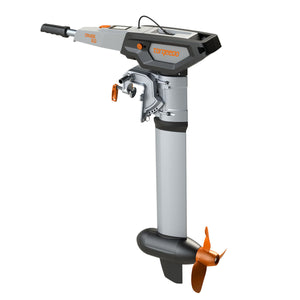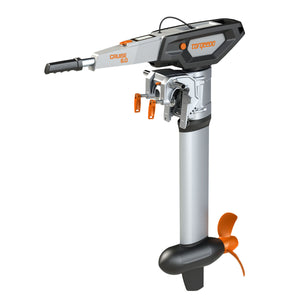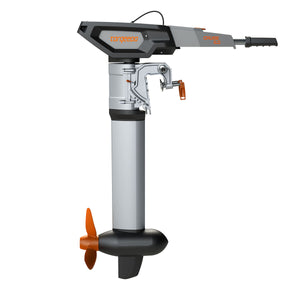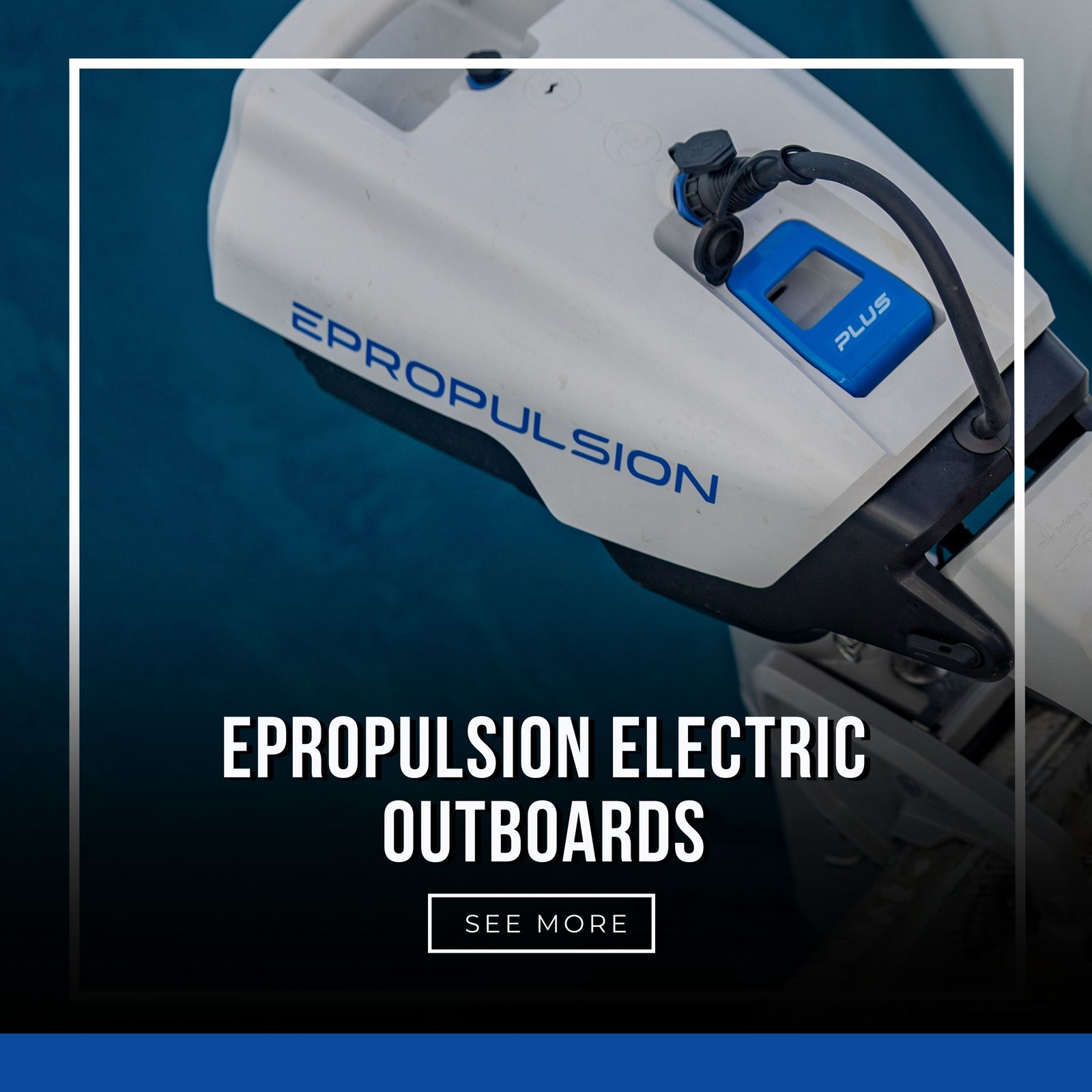Your Cart is Empty




Torqeedo Cruise 6.0 T Electric Outboard Motor - 9.9 HP
$4,898.00
4898 ENTRIES for Boat Giveaway 🎟️
- #1 EPropulsion Dealer in the USA
- Limited Time Sale - Ends Soon!
- "Lowest Price Guaranteed"
- Fast & Free Shipping over $200: In Stock - Ships in 2-3 Days In Stock & Ready to Ship In Stock - Ships in 2-3 Days - ETA 3-5 Business Days - ETA 2 Weeks - ETA 1 Month
- Questions? Call an EPropulsion Expert: 404-720-3975
- #1 HydroTurf Dealer in the USA
- Limited Time Sale - Ends Soon!
- Lowest Price Guaranteed
- Free Shipping Over $200: In Stock - Ships in 2-3 Days In Stock & Ready to Ship In Stock - Ships in 2-3 Days - ETA 3-5 Business Days - ETA 2 Weeks - ETA 1 Month
- Questions? Call a HydroTurf Expert: 404-720-3975
- Limited Time Sale - Ends Soon!
- Pre-Order Now - Arrives in
- The Only USA Authorized Distributor
- Free & Fast Insured Shipping Over $200
- Questions? Call an AutoBoat Expert: 404-720-3975
- Limited Time Sale - Ends Soon!
- Lowest Price Guaranteed
- Made to Order - Ships in 1 week
- Free Shipping over $200
- Questions? Call an Expert: 404-720-3975
- Limited Time Sale - Ends Soon!
- Lowest Price Guaranteed
- Out of Stock In Stock and Ready to Ship On Backorder - ETA 1-2 Weeks
- In Stock and Ready to Ship On Backorder - ETA 1-2 Weeks
- Free Shipping over $200
- Questions? Call an Expert: 404-720-3975
Torqeedo Cruise 6.0 T Electric Outboard Motor – 9.9 HP Equivalent for Sailboats and Motorboats up to 6 Tons
⚡ PRE-TARIFF SALE - FREE $200 TBN Gift Card with Outboard Motor Purchase⚡
Torqeedo Cruise motors are the go-to electric propulsion systems for motorboats, sailboats, dinghies, and commercial applications, delivering powerful, clean, and quiet performance on the water.
Each Cruise system includes a built-in GPS, onboard computer, and an integrated display that shows real-time speed, input power, battery charge, and estimated remaining range. Housed in a compact, lightweight pylon with advanced helical gearing, Cruise motors are engineered for maximum efficiency and smooth operation.
The Cruise 6.0 T is a tiller-controlled 48V electric outboard with an output equivalent to 9.9 HP, making it ideal for boats up to 6 tons. It’s also available in remote-steered (RS) and fixed pod versions to suit a wide range of vessel types and steering setups.
Cruise 6.0 T – Key Benefits:
- Delivers 6,000 W of input power – comparable to a 9.9 HP gas outboard
- Best paired with the Power 48-5000 lithium battery for optimal range and runtime accuracy
- Features a tiller handle with integrated display and magnetic safety kill switch (included)
- Built-in impact protection fin on the rugged pylon helps safeguard the motor in shallow or rough conditions
- Constructed from marine-grade seawater-resistant aluminum for long-lasting durability
- Advanced galvanic corrosion protection through expertly isolated and matched materials
- Comes with anode sets for both freshwater and saltwater environments
- Compatible with third-party 48V battery systems, but proper matching is required; Torqeedo cable set 1990-00 is needed for non-Torqeedo batteries
Specifications:
| Input power in watts | 6000 |
| Propulsive power in watts | 3504 |
| Comparable petrol outboards (propulsive power) | 9.9 HP |
| Comparable petrol outboards (thrust) | 15 HP |
| Maximum overall efficiency in % | 58 |
| Static thrust in lbs* | 230 |
| Integrated battery | - |
| Nominal voltage | 48 |
| Final charging voltage | - |
| Total weight in kg | 21.3 (S) / 21.8 (L) |
| Motor weight without battery in kg | - |
| Weight of integrated battery | - |
| Shaft length in cm | 62.5 (S) / 75.5 (L) |
| Standard propeller v = speed in km/h at p = power in watts |
Propeller B 12,5 x 17 HSP |
| Alternative propeller options | Propeller B 12 x 13 THR |
Propeller Guide:
| Maximum propeller speed in rpm | 1130 |
| Control | Tiller |
| Steering | 360° lockable |
| Tilting device | Manual with grounding protection |
| Tilt angle | 61,3° |
| Trim device | Manual, 4-step |
| Integrated on-board computer | Yes |
| Stepless forward/reverse drive | Yes |
* Torqeedo static thrust measurement is based on internationally accepted ISO standards. Static thrust figures for conventional trolling motors are typically measured differently, which results in higher values. To compare Torqeedo static thrust data with conventional trolling motors, add approximately 50% to the Torqeedo static thrust values.
Want to see the technical drawing? Click here to view the full diagram.








